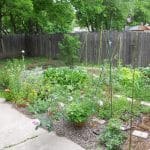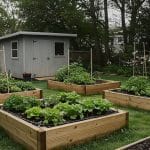Hardscaping Your Landscaping With Paths, Pads, and Borders
Decor Garden Design Hardscape
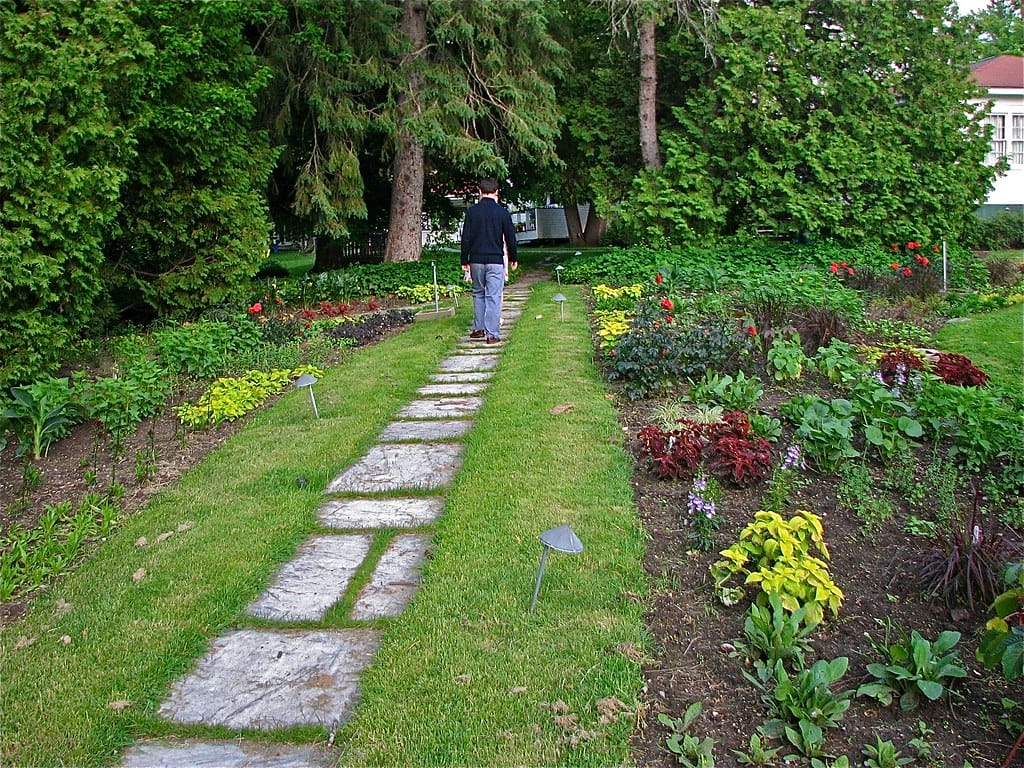
I’ve come to appreciate one simple truth: a yard needs a backbone. Plants bring the charm and the color, but it’s the paths, sitting spots, and borders that quietly hold the whole picture together. Skip them, and even a gorgeous garden can feel a little lost and hard to use.
Hardscaping isn’t about turning your yard into a stone jungle—it’s about making it easier to move around, easier to care for, and more inviting to spend time in. The right layout keeps feet out of the flowerbeds, gives you a solid place to set a chair, and makes the whole space feel intentional without losing that natural touch. It’s the kind of upgrade you’ll enjoy every single day, whether you’re out there watering at sunrise or sharing a cold drink with friends or even playing with your pooch.
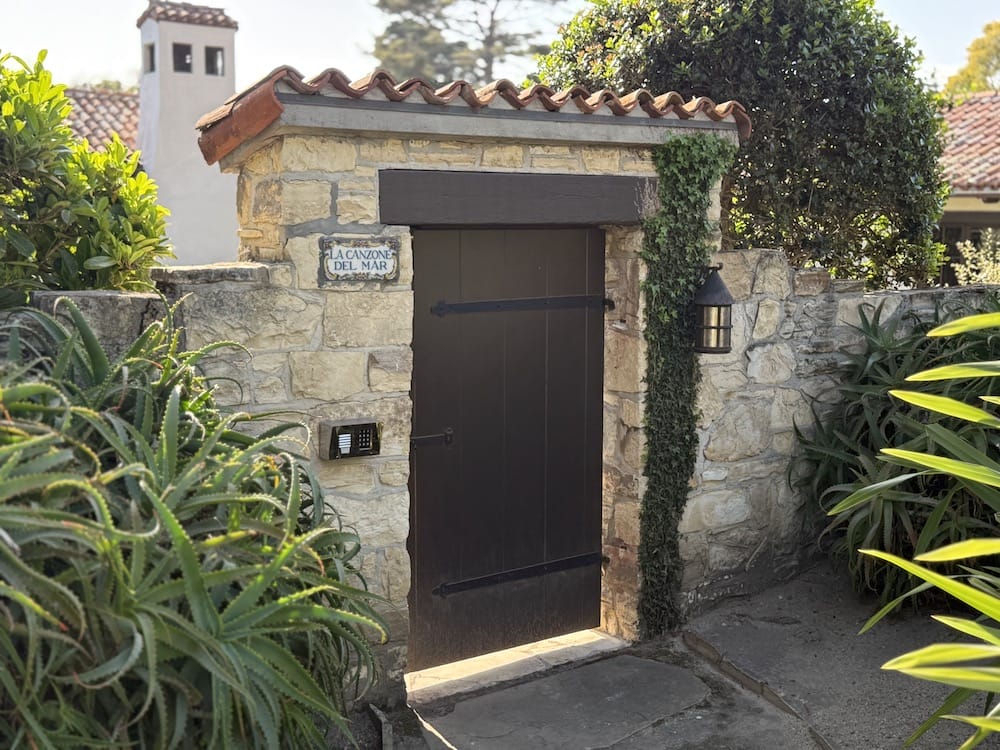
Why Hardscaping is Worth the Effort
Here’s the thing about paths, pads, and borders—they save you work in the long run. Once they’re in place, you’ll spend less time battling erosion, mowing awkward corners, or stepping through soggy grass. They guide traffic (both yours and your guests’), make a yard look intentional, and help define where the garden ends and the rest begins.
A good hardscape also plays nicely with nature. I’m not one for plastic grass or acres of concrete. I want something that will age well, let rain soak in, and still feel like part of the landscape. Done right, it’s like putting the right frame around a painting—suddenly everything pops.
Laying Out Your Space Before You Dig
Before you start shopping for bricks or flagstones, grab a cup of whatever, put on a little music, and walk through your yard with your imagination and visualize. Where do you naturally walk? Where does the sun hit in the morning? What spots tend to get soggy or dusty? Think about how you use your space, not just how you wish you used it.
Here’s a tip I learned the hard way: if you put a path where you think people should walk instead of where they actually walk, they’ll just cut a trail through your plants. Watch for those “desire lines” in your yard—those are your best path locations. Or split the path and let them walk both ways.
For patios and pads, consider the purpose. Is it for morning coffee, evening barbecues, or a shady reading spot? Each use might suggest a different size or location.
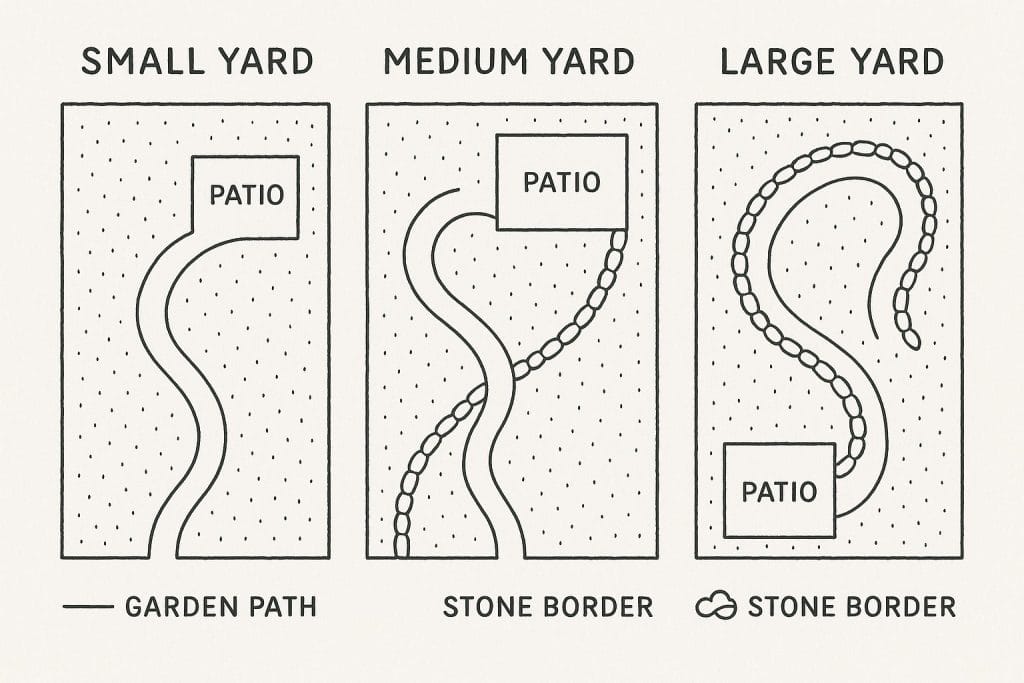
Picking Materials That Last (and Look Good)
You’ve got plenty of choices, from pea gravel to elegant flagstone. A few quick humble thoughts from someone who’s tried most of them:
- Gravel is cheap, drains well, and gives a nice crunch underfoot. But it can wander, so use edging to keep it in line.
- Pavers are tidy, durable, and easy to repair if they crack. Great for patios or high-traffic paths.
- Flagstone has that timeless, organic look, but can be pricey and heavy to install.
- Brick brings warmth and charm, but can grow moss or shift over time if the base isn’t solid.
No matter what you choose, focus on a solid base! If you cut corners here, you’ll find yourself redoing it every spring. Top professionals recommend several inches of compacted gravel, followed by sand, before laying the stones. While it may not seem exciting, this crucial step truly determines whether your path lasts two years or even two decades!
The Anonamous Hero: Borders
Borders are the silent shapeshifters of the garden. They keep your gravel in place, stop grass from creeping into your flower beds, and give everything a crisp edge.
You can go rustic with logs or cobblestones, formal with brick, or invisible with steel edging that disappears under the mulch. I’ve even used rows of herbs as living borders—low-maintenance and fragrant when you brush past them.
Blending Hardscape With the Green Stuff
Hardscape shouldn’t feel like a separate world from your garden beds. Let plants spill a little over the edges. Tuck groundcovers like creeping thyme between pavers for a softer look. Choose materials that echo the tones in your soil or house so everything feels connected.
And don’t be afraid of imperfection. A few uneven edges, a bit of moss between the stones—those are signs your garden is alive.
Smart Tips for a Low-Maintenance Yard
- Think permeability: Materials like gravel, decomposed granite, and spaced pavers let water soak in, which is better for your plants and the planet.
- Go wider than you think: A narrow path feels cramped; aim for at least 3 feet for comfort.
- Light the way: Low-voltage path lights or solar lanterns make evening strolls safer and more magical.
- Use curves wisely: Gentle curves feel natural, but too many make mowing a headache.
A Few Lessons From My Personal Yard
When I first put in a path from the back gate to the patio, I chose the cheapest stepping stones I could find and set them right on the grass. By the following spring, they’d sunk, tilted, and become ankle-twisters. I redid the whole thing with a proper gravel base, and it’s been solid for years now.
Another time, I thought a patio would look nicer with perfectly square edges. It did—for about a month. Then I realized my rectangular pad clashed with the natural flow of the garden. I ended up softening the edges with curved planting beds, and suddenly the whole space made sense.
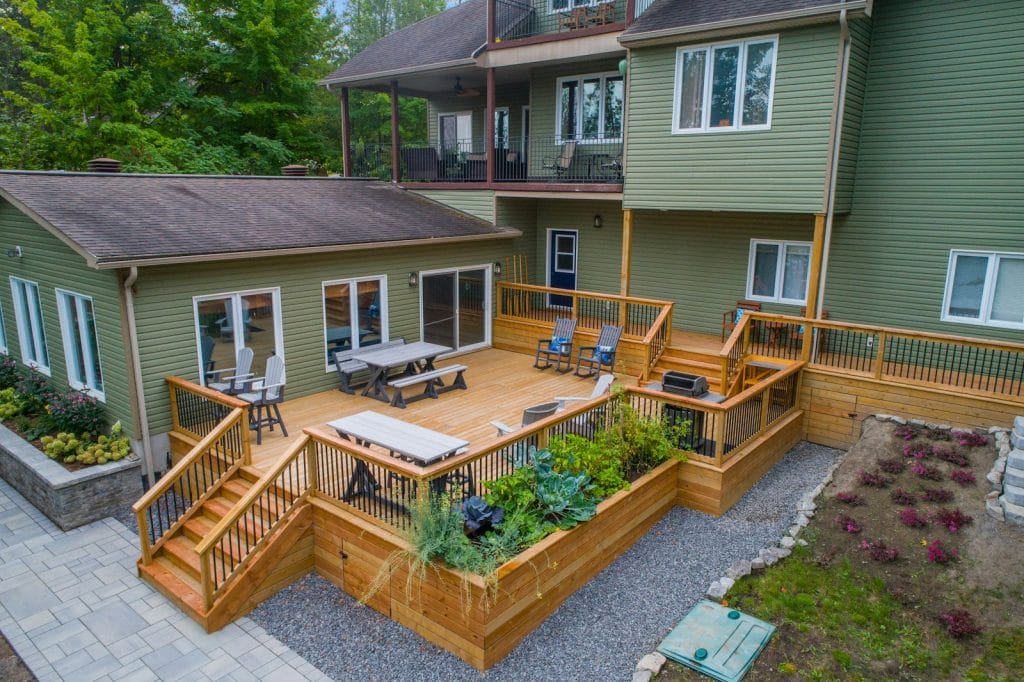
FAQ: Hardscaping Basics
Q: Do I need to hire a pro for hardscaping?
Not necessarily. Small projects like a short path or a small patio are very doable for a DIYer with some patience and the right tools and someone strong to help with the heavy lifting. Bigger jobs, especially those needing drainage work, might be worth hiring out.
Q: What’s the best low-maintenance path material?
Gravel is easy and affordable, but pavers set on a proper base are more permanent. Choose based on how much traffic the path will get.
Q: How do I stop weeds from growing between pavers?
A good compacted base with polymeric sand between joints goes a long way. You can also encourage low-growing plants like thyme or moss instead of bare gaps.
Q: Can hardscaping be eco-friendly?
Yes. Use permeable materials, choose locally sourced stone, and design in ways that direct rainwater to your plants rather than storm drains. The USDA and many state extension services have excellent guides on sustainable landscaping (USDA.gov).
Hardscaping is a garden investments that pays you back every season. It’s about building a space you actually want to use, rain or shine, for years to come and still have it look like a garden. And when you get it right, you won’t just have a yard—you’ll have a place that feels like home.
Share this post
All categories
More From The Garden
Disclosure: This post may contain affiliate links. That means if you click and buy, The Bright Garden may earn a small commission, at no extra cost to you. We only recommend products we’ve vetted and believe will benefit our readers.








